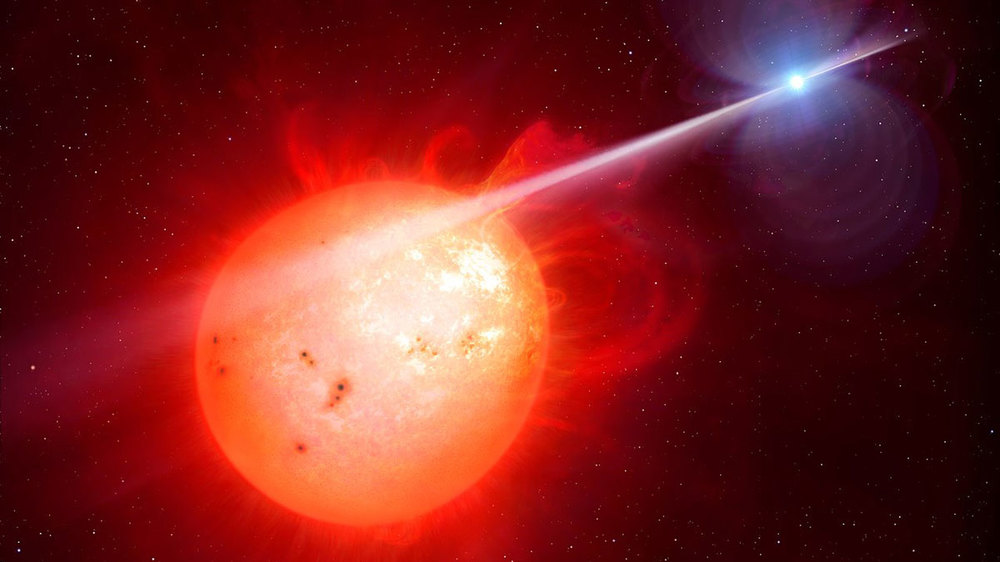
AR Scorpii
Astronomers studying the unique binary star system AR Scorpii have discovered the brightness of the system has changed over the past decade. The new evidence lends support to an existing theory of how the unusual star emits energy. AR Scorpii consists of a rapidly spinning, magnetized white dwarf star that mysteriously interacts with its companion star. The system was recently found to more than double in brightness on timescales of minutes and hours, but research recently published in The Astrophysical Journal Letters found variability on a timescale of decades.
Researchers at the University of Notre Dame analyzed data on the unique system from the Kepler Space Telescope’s K2 mission taken in 2014 before the star was known to be unusual...
Read More






Recent Comments